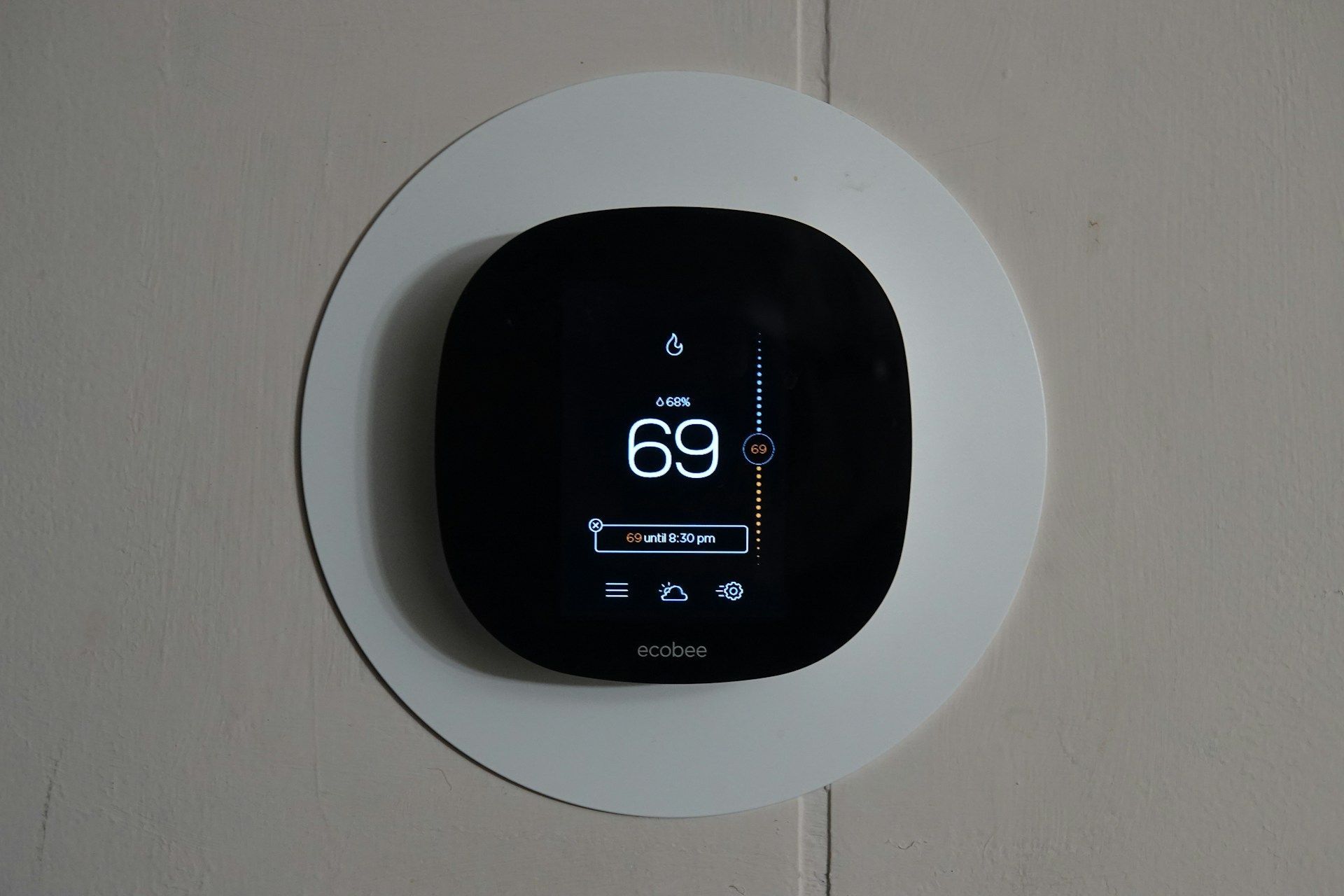Best Ways to Save Energy with Your Heating System
Keeping a comfortable home while managing energy costs can seem like a balancing act. Finding ways to improve your home’s energy efficiency is key. By making a few strategic changes, you can save money and keep your home cozy throughout the year.
Optimize Your Thermostat Settings
Adjusting your thermostat settings is one of the best ways to improve your home's energy efficiency. With a few simple tweaks, you can keep your home comfortable while reducing energy costs. Understanding how to set your thermostat helps create an efficient environment.
Consider using a programmable thermostat. These smart devices let you set a schedule based on your daily routine. For example, you can lower the temperature while you’re asleep or away from home, and then warm things up before you wake or return. This way, you avoid heating an empty home, saving energy and money.
Keep your thermostat at a steady, comfortable temperature when you're home. Constantly changing the temperature can make your system work harder, using more energy. A good rule of thumb is to keep your thermostat set at 68 degrees Fahrenheit during the day and lower it by a few degrees at night.
Don’t place your thermostat near heat sources like lamps or direct sunlight. These can cause inaccurate readings, causing your system to heat your home unnecessarily. Optimizing these settings keeps your home cozy and helps your heating system run efficiently during the colder months.
Upgrade to Energy-Efficient Equipment
Upgrading to energy-efficient equipment can make a big difference in how much energy your home uses. Older HVAC systems often consume more energy than necessary. Investing in newer, more efficient models can lead to long-term savings and a more comfortable home environment.
Look for appliances with the ENERGY STAR label. This mark means the product meets high-efficiency standards set by the U.S. Environmental Protection Agency. ENERGY STAR-certified heating systems use less energy, helping reduce your utility bills and environmental impact.
If replacing your entire system isn't an option right now, consider upgrading parts like your furnace blower. High-efficiency blowers use less electricity than traditional ones. Sometimes, simply updating key components can enhance overall performance significantly.
Another smart option is installing a high-efficiency heat pump. Heat pumps are versatile, providing both heating and cooling with greater efficiency than many traditional systems. This type of upgrade can lead to consistent savings throughout the year.
Taking steps to upgrade to energy-efficient equipment ensures that your home heating system runs effectively and economically, providing both comfort and savings for years to come.
Enhance Home Insulation and Sealing
A well-insulated home is crucial for maintaining warmth in the winter and ensuring your HVAC system works efficiently. Insulation keeps the heat inside, reducing the demand on your heating system. By sealing and insulating your home properly, you can significantly improve energy efficiency.
Start with the attic, as heat rises and can escape through the roof if not correctly insulated. Use materials like fiberglass or foam boards to trap heat inside your home. Check the insulation between the walls and floors as well. Proper insulation acts like a barrier, keeping warm air in and cold air out.
Windows and doors are common sources of drafts. Inspect the edges for any gaps that may let in cold air. Weatherstripping or caulking can effectively seal these spaces. Look at your home’s foundation and crawl spaces too, sealing any visible cracks with appropriate materials.
Even small gaps around electrical outlets can let in cold air. Use foam gaskets to seal them. Ensuring every part of your home is properly insulated and sealed keeps your space cozy and takes the load off your HVAC system, resulting in better efficiency and lower energy bills.
Practice Regular System Maintenance
Regular maintenance of your HVAC system ensures it runs smoothly all winter. Routine care prevents major issues and keeps your system operating efficiently. Scheduling regular checks saves money in the long run and provides peace of mind during colder months.
Replace your HVAC filters at least once every three months, or more often during heavy usage periods. Clean filters improve airflow and system performance. Clogged filters make the system work harder, leading to higher energy use and potential damage.
Schedule a professional tune-up before winter sets in. An HVAC technician can inspect and clean your system, addressing issues before they become serious. They can also check for leaks or blockages that might reduce efficiency.
Regularly inspect your outdoor unit for debris or snow buildup. Clear at least a two-foot radius around the unit for proper airflow. Keeping an eye on your system and performing regular maintenance tasks help your HVAC system run efficiently and last longer.
Conclusion
Improving your home’s energy efficiency during the winter requires a combination of smart strategies. By optimizing your thermostat settings, upgrading to energy-efficient equipment, enhancing insulation, and practicing regular HVAC maintenance, you can keep your home comfortable and energy bills in check. Each step plays a vital role in supporting the efficiency and longevity of your heating system.
Taking action now ensures your home remains a safe haven from the cold outside. Addressing inefficiencies not only creates a cozier living space but also reduces your carbon footprint. Remember, a well-maintained home is a happy home during the coldest months of the year.
Ready to take your home’s comfort and efficiency to the next level? Anytime Heating & Air is here to help! Our team offers expert
heating and cooling services in Owensboro, KY. Contact us today to make sure your home stays warm and energy-efficient all winter. Let our experienced technicians provide the support you need for a cozy, efficient home.


